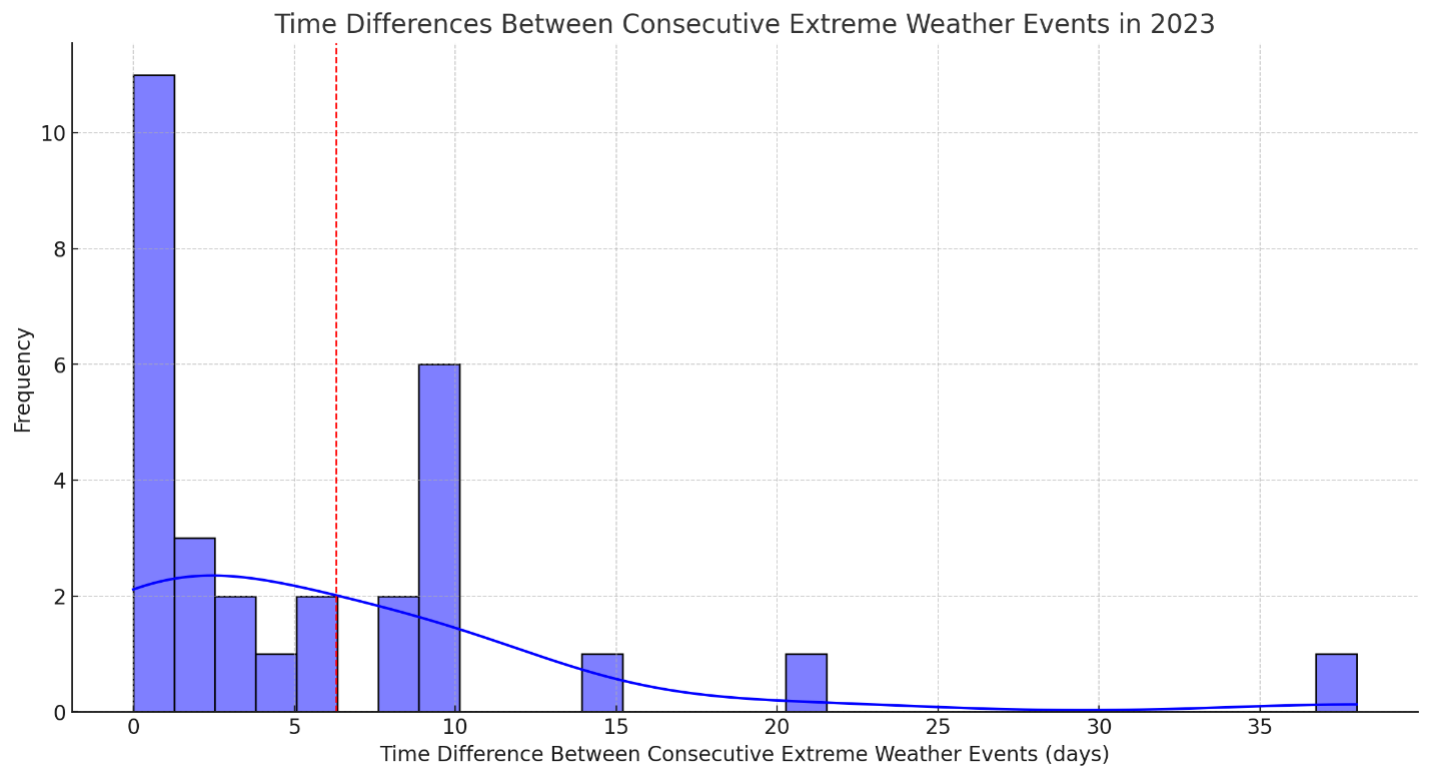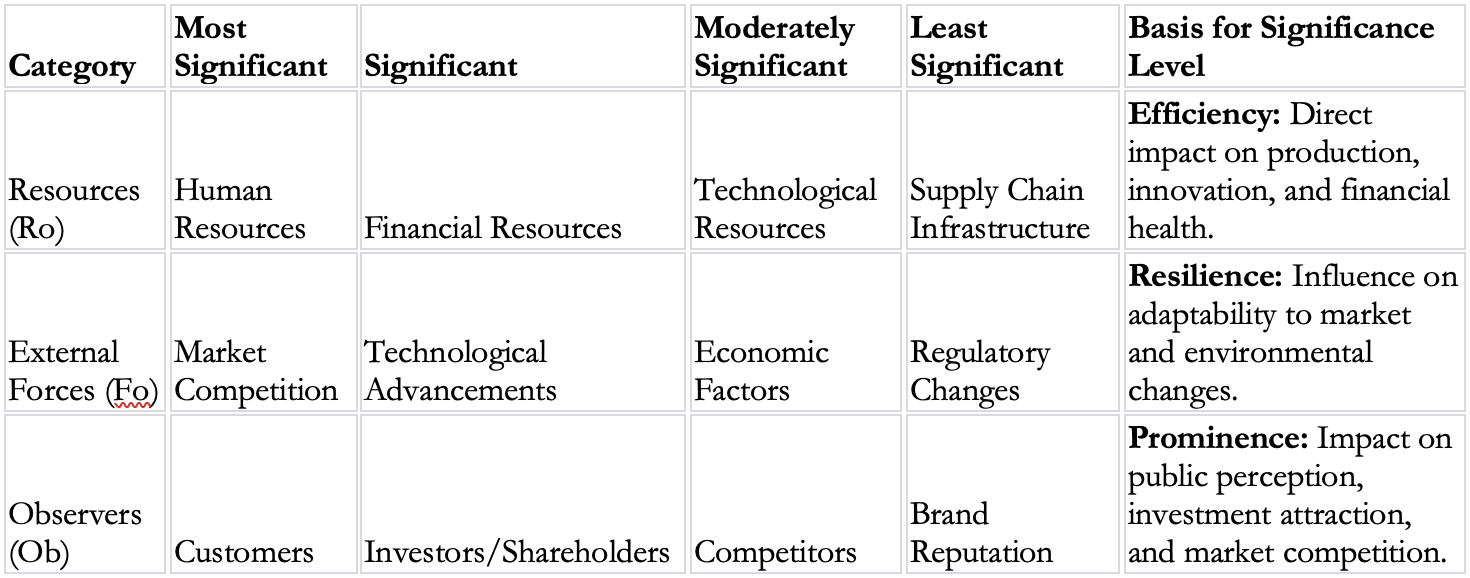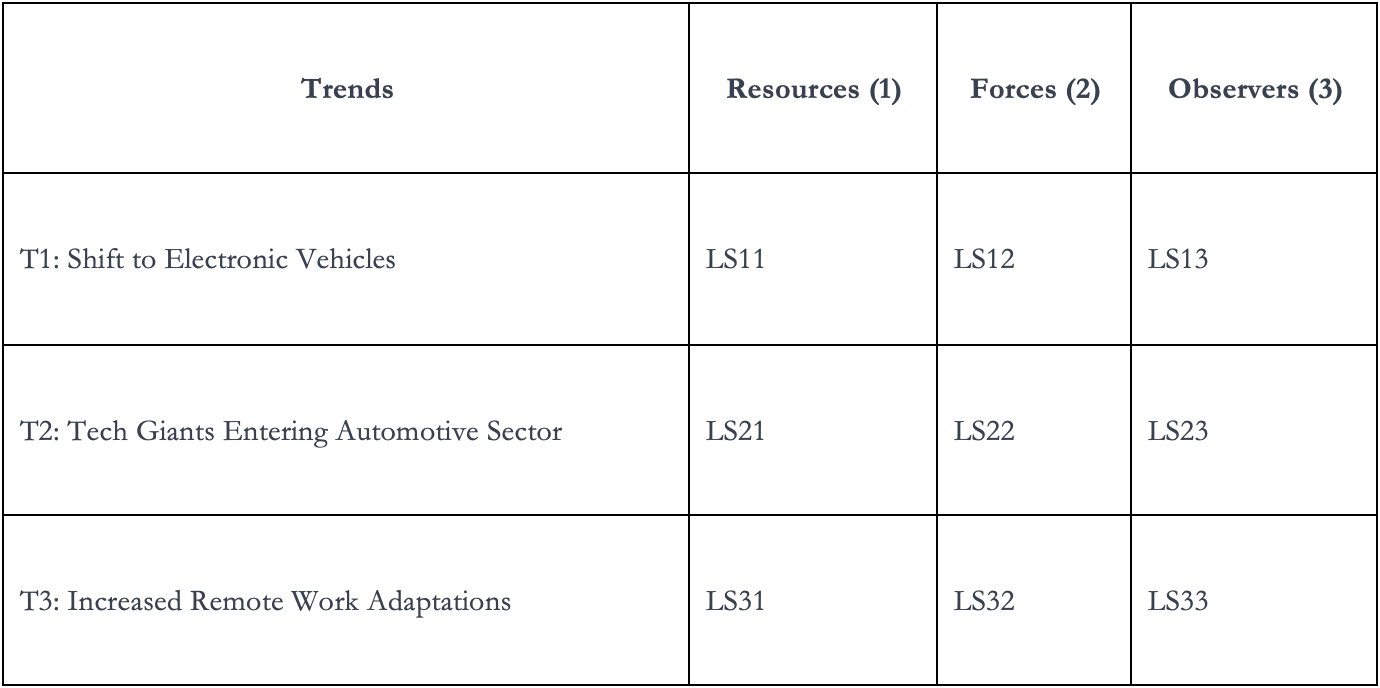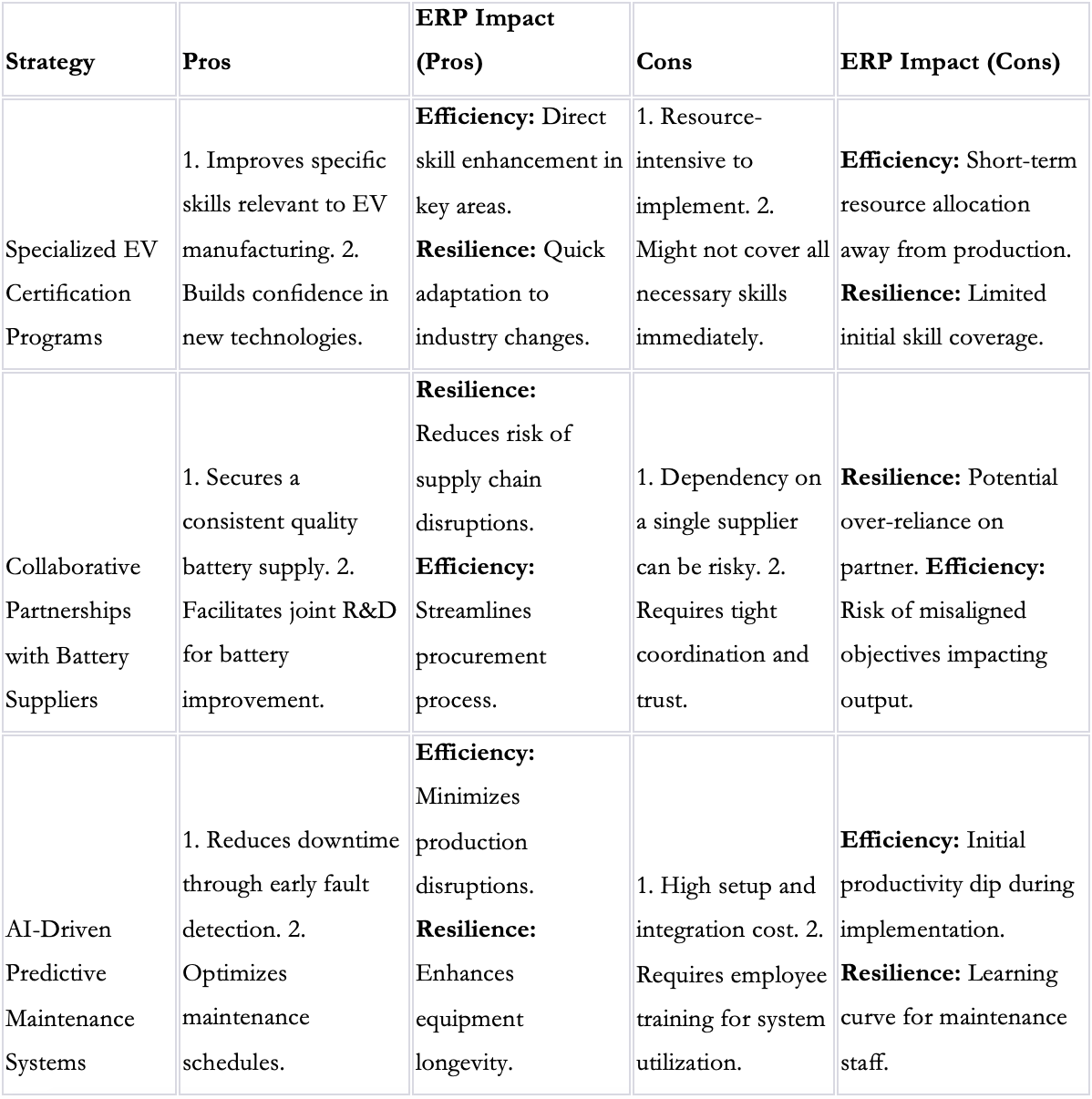California Management Review
California Management Review is a premier academic management journal published at UC Berkeley
by Daniel J. Finkenstadt, Jake Sotiriadis, Peter Guinto, and Tojin Thomas Eapen

Image Credit | Marianne Bos
Businesses and governments alike employ foresight methodologies such as scenario planning to better anticipate future challenges, enabling them to make informed decisions in a rapidly changing world. While traditional scenario planning works on a horizon of two to five years or more, COVID-19 saw the global requirement for contingency scenario planning (CSP) – compression of the scenario planning timeframe into weeks or even days initiated by contingent or emergency events. Firms face challenges anticipating all possible disruptions in the future, selecting which to best plan for in a resource constrained environment, and responding to these future disruptions when they come to pass in ever-compounding volumes.
Schoemaker, P. J. H., & Day, G. (2021). Preparing Organizations for Greater Turbulence. California Management Review, 63(4), 66-88.
Cornelius, P., Van de Putte, A., & Romani, M. (2005). Three Decades of Scenario Planning in Shell. California Management Review, 48(1), 92-109.
A well-known exemplary use of CSP is the exigent application of scenario planning for the 2020 Olympic Games1 in response to rapidly changing health conditions relating to COVID-19.2 Traditional scenario planning has been criticized for being too time-consuming or ineffective for helping managers take decisive action – these limitations are exacerbated in the case of CSP. Fortunately, with the rise of generative AI (GenAI), we have tools to improve the effectiveness of CSP. In this article, we describe how GenAI tools can help in revisioning strategic foresight through scenario planning and formulating business continuity plans (BCP).
CSP is employed when the situations on the ground are changing quickly -possibly even minute by minute. These types of events are becoming more and more prevalent in the global market. Recent data from Resilinc’s Event Watch platform shows that the time between consecutive extreme weather events disrupting supply chains was heavily skewed below the 6-day response window (shown by the red bar):

Firms must learn how to anticipate anomalies by engaging with their environments early and often. And they have to be able to react quickly to shifts in environments.3 Employing foresight-based tools and analysis, Shell has created a history of trying to understand potential risks and adapt its strategies accordingly, which some have credited with putting Shell ahead of its competitors during the energy crisis of the 1970s.4 Shell’s ability to consistently practice scenario planning and the mindset it requires has allowed them to catch on to emerging changes in markets and culture. Further, sustained scenario planning practices helps organizations become more comfortable with ambiguity in taking a futures perspective by countering hubris, exposing implicit assumptions, contribute to shared and systemic sense-making, and foster quick crisis adaptation capabilities.5 This repeated practice increases their innate abilities to respond and exposes them to more possible futures, making them more prepared to adapt quickly. These attributes allow firms to better develop continuity plans of action that offer a range of responses to maintain operations during disruption – or rapidly recover to pre-disruption operation levels by focusing on plausible futures versus predicted outcomes.
Business Continuity Plans (BCPs) enable firms to react effectively in the face of potential disruptions. Many firms develop BCPs after experiencing a certain type of disruption for the first time, but the most successful businesses develop BCPs proactively for new types of disruptions uncovered through scenario planning. In these turbulent times, larger firms may have the resources to run dozens of ‘what-if’ scenarios with teams of experts. But small to medium-sized firms lack the resources necessary to build robust scenario planning events and materials and often lack risk management professionals to create strategic risk management plans. And even larger firms may suffer from an inability to decide on how to act when a CSP event occurs.
A promising alternative is emerging that can overcome these challenges. It entails enlisting the assistance of cutting-edge generative AI systems powered by large neural network models. From experiments we have conducted, and as recently published, we believe generative AI can significantly enhance an organization’s capability to conduct robust contingency scenario planning faster and at a much lower cost than conventional processes.6 Some Fortune 500 firms are beginning to incorporate generative AI in continency planning, but we believe this approach would also be beneficial for resource-constrained organizations like small and medium-sized enterprises (SMEs) that are operating in highly challenging environments, such as those prone to extreme weather events.
Traditional limitations for scenario planning can be clustered around the three relevant stages of scenario planning: (1) generating scenarios, (2) selecting scenarios, and (3) preparing for scenarios. Each of these limitations are exacerbated in the case of contingency scenario planning.
Generating Scenarios. One limitation of the traditional scenario planning outlined above is that it provides little formal guidance on where the trends and uncertainties can be found. Without a structured process for identifying and analyzing potential trends and uncertainties, organizations may fall prey to tunnel vision and overconfidence, which are two of the biases that scenario planning is tasked with helping managers avoid.
Selecting Scenarios. The next set of challenges in scenario planning relates to how the best set of scenarios may be selected. There are clear trade-offs to consider in this process. Business continuity plans need to robust to contingency scenarios – which means picking the right scenarios to prepare for in detail becomes daunting.
Preparing for Scenarios. The third set of challenges in scenario planning relates to preparing for the decision scenarios. A key limitation of traditional scenario planning is that it doesn’t offer guidance on how organizations can prepare for multiple potential realities simultaneously with different strategies that may be at odds with each other. Organizations have several options to prepare for multiple, potentially contradictory scenarios.
To improve the effectiveness of contingency scenario planning, organizations can leverage generative AI tools, including large language models (LLMs).
These powerful tools offer valuable support in several ways:
Next, let us consider a hypothetical CSP exercise at an automotive manufacturer with supply chain issues in 2023 that explains the use of a generative AI framework. To begin generating scenarios we developed a custom GPT within ChatGPT 4.0 to follow our process.7 The AI categorizes these concerns into levels of significance to the automotive manufacturing business. The following prompt was used to create a list of relevant resources, forces, and observers:
We received the following output:

The next step involves creating hypothetical trends. We prompted ChatGPT to generate hypothetical trends that could affect this automotive manufacturing firm.
We received the following output with detailed definitions of each that are removed for brevity:
Human Resources Trends a. Increased Automation and AI Integration: A significant shift towards more automated manufacturing processes and integration of AI in design and testing. b. Focus on Sustainable Practices: Growing emphasis on sustainability within the industry. c. Remote Work Adaptations: Expansion of remote work capabilities in areas like design, administration, and sales.
Market Competition Trends a. Shift to Electric Vehicles (EVs): An accelerated transition towards electric vehicles. b. Entry of Tech Companies: Involvement of technology giants in the automotive sector. c. Global Supply Chain Realignment: Post-pandemic supply chain restructuring, leading to more regional manufacturing hubs.
Customer Trends a. Increased Demand for Customization: Growing customer expectations for personalized vehicles. b. Sustainability as a Purchase Factor: A significant rise in consumer preference for environmentally friendly vehicles. c. Adoption of Connected Vehicle Technologies: Customers seeking advanced connected features in vehicles.
Next, we wanted to assess three different types of scenarios from this consideration set of trends assigned to varied probabilities and impacts (labeled T1-T3).

The next step is to use the trends T1 to T3 to create a set of learning scenarios LS11 to LS33 by assessing the relationships between the trends and the resources, observers, and forces of the firm.
 The table provides a scenario planning matrix that allows managers to select from various scenarios. Now we simply point GPT to this table and ask:
The table provides a scenario planning matrix that allows managers to select from various scenarios. Now we simply point GPT to this table and ask:
We immediately get the below analysis that is a great starting point for scenario development.
Relevant Resources (LS1)
Finally, we can utilize the LLM to provide a scenario that would benefit businesses of any size. Now we can prompt the LLM with something like the following:
In 2025, Velocity Motors, a prominent automotive manufacturer with a rich legacy, faces a defining moment in the industry's shift towards sustainability and electric vehicles (EVs). This transition is not merely about producing electric cars but reimagining the company’s core identity in the context of innovative and sustainable automotive technology.
The firm's sprawling manufacturing facilities, traditionally focused on combustion engines, are undergoing a significant transformation. The workforce, a mix of experienced engineers and new talent, is gearing up to adapt their skills to the evolving demands of EV production. This pivot raises critical questions about skill development and workforce readiness for the future of automotive manufacturing.
Financially, Velocity Motors is redirecting its investments. Funds previously allocated to traditional automotive technologies are now flowing into research and development for electric drivetrains and battery efficiencies. This financial shift represents the company's commitment to leading the EV market, balancing immediate operational needs with long-term strategic goals.
Technological innovation is at the forefront of this transformation. The company’s research labs, once dominated by the sounds of internal combustion engines, are now filled with the hum of electric motors and advanced computing systems. Velocity Motors is not just creating vehicles but integrating software and hardware to deliver intelligent, user-centric automotive experiences.
This shift to EV production necessitates a reconfiguration of manufacturing lines and a revamping of the supply chain. The procurement team is actively seeking suppliers for high-quality battery cells and sustainable materials, redefining long-standing partnerships and forging new alliances.
As Velocity Motors embarks on this journey, the company faces several critical questions. How will it ensure its workforce is equipped for this technological shift? What strategies will maintain financial health during the transition? How will technological evolution impact internal processes? What changes will this shift bring to the supply chain dynamics?
We can also directly prompt the AI to solve for us. We prompted ChatGPT 4.0 to generate three ideas to assist scenario planners and managers with the above scenario, provide pro/con analysis based on factors of efficiency, resilience and prominence (ERP) and then suggest if one or more of the ideas would best be suited to assist in the scenario. Efficiency is about optimizing utilization of valuable resources, resilience focuses on an organization’s capacity to withstand and navigate through force-induced stresses, and prominence deals with the organization’s ability to create positive attention while avoiding negative attention from observers. ChatGPT generated the following output, selecting AI-driven predictive maintenance as the top strategy :

In effectively preparing for multiple scenarios, striking a balance among ERP-related tradeoffs is paramount. This includes considering diverse ideas within a specific scenario, as well as evaluating these tradeoffs across various scenarios. To achieve this, the following steps are recommended:
The integration of GenAI in the CSP process can be vital, assisting in identifying baseline scenarios, formulating trends, generating innovative ideas, combining and evaluating scenarios, and providing valuable insights into the most promising strategies for success. Optimally, GenAI tools can help organizations of any size conduct scenario planning ensuring that business continuity planning accounts for new and evolving disruptive events to minimize impacts to operations. Small firms and large firms can benefit from detailed tactical planning necessary to make optimal decisions rapidly.